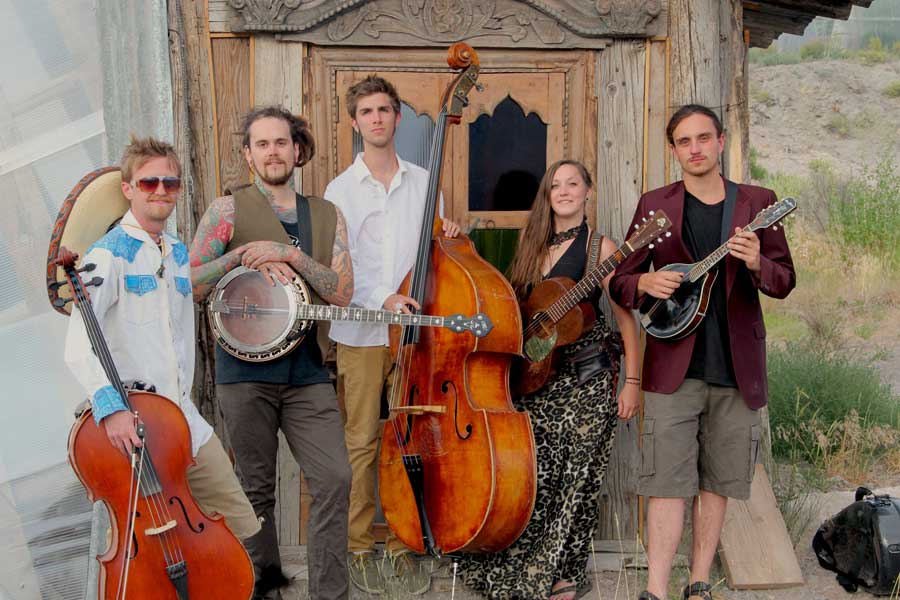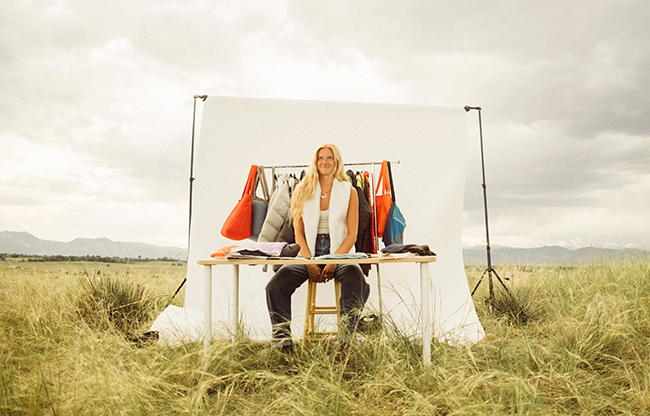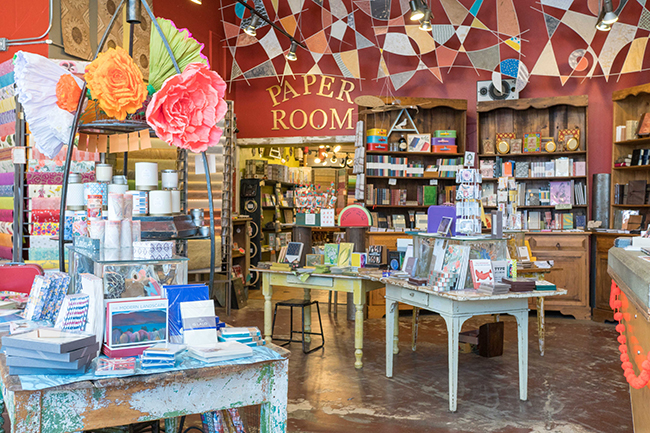Love Those Local Shoppers
05 Jun 2015
Successful independent businesses listen to their customers and move with the times
By Kay Turnbaugh Just like everywhere, Boulder County took a big hit during the recession. Not only residents, but also local businesses. Now that we’re finally putting those years behind us, the county’s smaller businesses are beginning to rebound. But local support is crucial to their efforts, they say. “Part of the reason I started Boulder Magazine in 1978 was that the locally owned stores on Pearl Street were starting to disappear,” says Tom Brock, owner of Brock Media. “Larger chains were coming in, and the banks had started to consolidate. It upset me because I knew that a dollar spent in a locally owned business recirculates many times in the community.”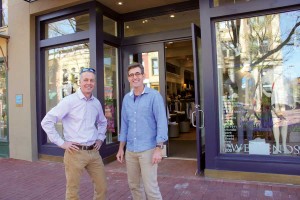
The Price of Cachet
Locals supporting small local businesses aren’t the only factor in creating a sustainable business community, however. And a savvy market doesn’t guarantee success. Every year, newcomers enter the business pool. Some make a big splash and soon go under. “Boulder is a sophisticated market,” Culbertson says, “and Boulderites have a high expectation of businesses.” The problem is that as the Boulder market has become more sophisticated, the challenges to those who want to start something new have become more daunting.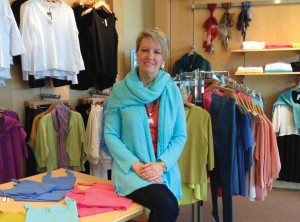
of community.”
Listening & Adapting
But perhaps the first thing a new business needs to succeed is a good idea. “If you have the product, you can make it,” Maher says. “The businesses that fail, both small local businesses and national chains, fail because they haven’t done their homework.” “When I started Boulder Magazine we offered free listings for arts and culture events, and we had about three dozen events listed,” Brock says. “Today, it’s almost a thousand”— which translates into patrons for Boulder’s cultural and community events. What Hight finds unique about doing business in Boulder is the chances he gets to help local inventors and entrepreneurs. “We have a different selection than most hardware stores. We carry items from locals that the national chains won’t carry. We can help them develop their prototype,” Hight says. “A lot of people here are thinking about the next best thing.” For example, two students from the business school at the University of Colorado asked him to participate in a project they were doing on the difference between big-box stores and local stores. “Their idea at first was to show how big-box stores control the marketplace and small businesses struggle. But they figured out that’s not how it is.” If a business is going to make it long-term, it must listen to customers and find ways to continually serve their needs. Some businesses, like McGuckin, Peppercorn and Boulder Bookstore, have endured and become fixtures of Boulder County. Listening and flexibility are the keys.
Outside Boulder
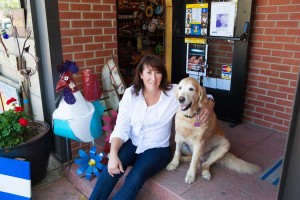
Why Shop at Home?
Shopping locally pays off, and not just for your friends and neighbors who rely on your patronage. It pays off in a healthier, more vibrant community. One dollar spent at a locally owned business will return five times that amount to the community through city taxes, employees’ wages, and purchases of materials and supplies at other local, independent businesses. In addition, says the Boulder County Independent Business Alliance, a local business turns that dollar back into the community through school funding, social services, and contributions to local nonprofit organizations. By comparison, chains and franchises contribute roughly 40 percent and at times as little as 20 percent of the store’s sales back to the community, mostly through employee wages. And, since independent businesses usually don’t receive the same tax credits offered to chain stores, they contribute a greater proportion of revenues to local taxes.Kay Turnbaugh writes about a variety of subjects for Boulder Magazine. She is the author of Around Nederland, the award-winning The Last of the Wild West Cowgirls and The Mountain Pine Beetle—Tiny but Mighty, and co-author of the upcoming second edition of Denver/Boulder & Colorado’s Front Range: A Comprehensive Hiking Guide and Rocky Mountain National Park Dining Room Girl: The Summer of 1926 at the Horseshoe Inn.


